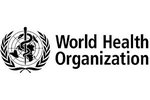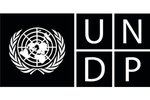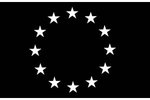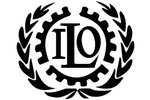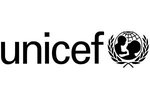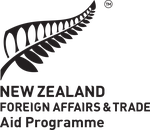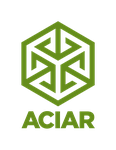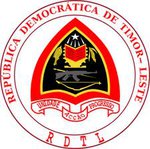Can elearning really work in remote communities?
Addressing the roadblocks to digital learning for more equitable training opportunities.
As learning opportunities exponentially increase for much of the world, we see education inequity deepen and the digital divide widen for those in remote, developing areas.
The challenges of delivering education and skills training in these communities are well documented. Yet lack of infrastructure, limited internet access, lower levels of basic education and digital literacy remain complex barriers to providing high-quality, sustainable learning opportunities.
Elearning has the potential to alleviate many of these challenges by significantly reducing the ongoing costs of in-person training and production of educational materials. So how can we adapt elearning delivery to make it more effective for remote contexts?
We’ve found that, with the right ingredients, it is possible to achieve meaningful education outcomes for people in these communities. The ingredients include:
- The right pedagogy
- The right tools and equipment
- The right mode of delivery
- The right support
- The right skills
The right pedagogy
Deep understanding of digital pedagogy is essential to making elearning work in complex, rapidly changing contexts.
Under the digital pedagogy umbrella, we’ve drilled down to a more specific digital approach - called microlearning - for the flexibility it offers to learners, trainers and content developers.
We use Catalpa’s mobile learning platform, Bero, to deliver microlearning content: short-but-focused lessons that can be completed anywhere, anytime. Keeping content succinct and practical makes it easier to understand and navigate for those with limited education or exposure to technology.
Designing courses with constructive alignment ensures training is practical and focused on outcomes. The best way to achieve this is with backwards design, identifying learning outcomes and building content, teaching resources and assessments from this point. We typically aim for one learning objective to be achieved in each lesson.
The right tools and equipment
Resourcing and maintaining equipment is expensive in any setting, and remote locations only further exacerbate this barrier.
Smartphones are now widely available and used globally, and many in remote communities have had some exposure to the technology whether they own one or not.

The best technology is the one you already have, know how to use, and can afford - in most cases, this is increasingly the mobile phone.

As devices, smartphones are intuitive, easy-to-use (or learn to use), relatively low cost, and highly portable - all prerequisites for remote environments.
Of course, internet connectivity is an additional challenge, which is why we designed Bero to enable learning content to be downloaded and accessed offline. Soon, we’ll introduce a peer-to-peer networking feature that will allow app content and updates to be transferred from one phone to others without access to an internet connection.
The right mode of delivery
We’ve found elearning works best in remote communities when offered in conjunction with some face-to-face or virtual sessions (such as a collaborative workshop or video conference).
This blended learning approach acknowledges that not everything can be conveyed through a smartphone, and that peer and trainer interaction can solidify learning.
The right support
Providing adequate support is critical to ensuring learners have the confidence, motivation and skills to start and complete their learning. This could include mentors, coaches, tech training, and user support. Support can be provided through different modes including in-person, phone calls, chat platforms such as Whatsapp and video facilities such as Zoom.
Financial support may also be required as data costs can hinder learners’ progress. We’ve avoided this issue in Vanuatu by having Bero zero-rated through a mobile provider, meaning that it is free to access on any device, no data required when using this network. When this option isn’t available, we budget for data costs in our project plan.
The right skills
Co-designing with learners and local actors, such as teachers, sector specialists and government ministries, will uncover which skills exist and where foundational skills and literacies need to be built into the project.
For example, some learners may need a foundational course on digital literacy to use a smartphone, or perhaps a local training organisation needs to upskill to translate their face-to-face approach into a microlearning approach.
By engaging with stakeholders we can work together to prioritise which skills are most important and which are best delivered via blended learning.
Getting a clear understanding of what people want to know can help with developing suitable learning objectives and drive motivation. With this clear direction, focus can be directed toward meeting regional and global best practice in these skills.
Elearning in remote communities can achieve great outcomes but requires the right expertise and a highly collaborative, adaptive approach to truly understand the context, challenges and needs of learners.
By working closely with communities, local specialists, organisations and governments, technology can help make high quality, consistent education materials accessible to more people in a timely and cost effective way.


